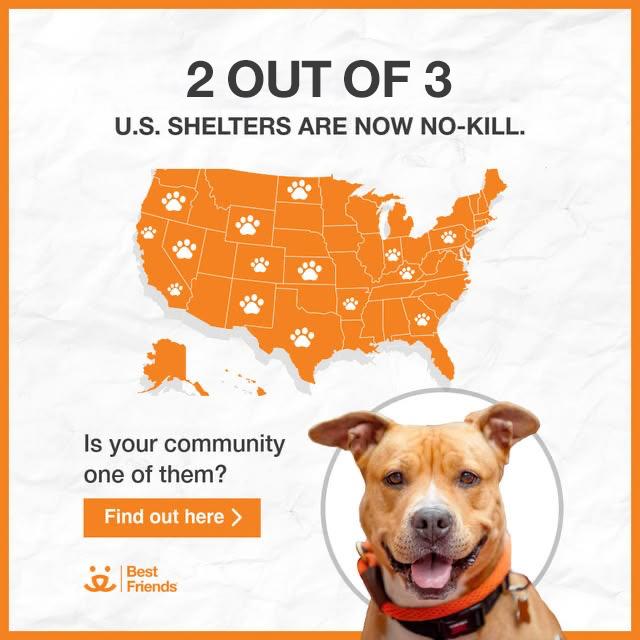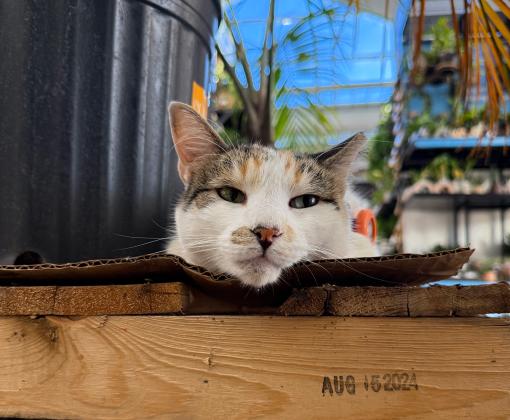
Managing Barrier Reactivity
Some dogs are as sweet as pie when they’re out on walks with their people, but put them behind a fence in their yard or a window in their home and they bark ferociously, lunging and snarling at anyone who walks by. What’s going through the dog’s mind? While this frightening display seems like aggression, much of the time this behavior is rooted in fear, overexcitement, stress, anxiety or frustration.
Technical terms for this behavior include barrier frustration, barrier reactivity or barrier aggression. The gate, fence, door or window acts as a barrier separating the dog from the thing to which he’s reacting. The offending thing (called a trigger or stimulus) that the dog is upset about could be a human (either someone familiar or a stranger), another dog, a passing vehicle, a particular sound or even something flapping in the breeze.
Preventing barrier reactivity
If you’ve noticed this type of behavior with your own dog, there are some steps you can take to manage it.

See how your community is doing
First, to figure out exactly what your dog’s trigger is — what she is reacting to — observe what happens just before she becomes reactive. Next, you will want to arrange your dog’s environment so she won’t have the chance to react. If your dog is barking through a fence or at a window, for example, try covering up her view by putting up visual barriers along the fence line or closing the curtains. If she becomes very reactive when someone comes to the door, try putting her in another room before guests arrive.
Remember, your dog is learning through every experience and interaction she has. Therefore, every time she gets a chance to react to the trigger, she’s practicing — and getting better at — her reactivity. Your goal when working on management is to set her up for success, which translates to her not reacting to the trigger.
For example, if Halloween is a particularly stressful evening for your dog, keep her inside and pull the blinds so she doesn’t see the scary people walking by in costumes. If she’s reactive to people ringing the doorbell, and you’re expecting trick-or-treaters, put her in a room with the door closed, turn on some soothing music and give her a super-delicious, long-lasting treat (such as a frozen Kong stuffed with peanut butter).
Helping a dog overcome barrier frustration: Counter-conditioning
Sometimes, management itself is enough to solve the problem. However, if you’ve blocked your dog’s view and she still stands at the fence barking and lunging at whoever passes, you might want to try some training. One of the easiest techniques to use when working with a barrier-reactive dog is called counter-conditioning. The goal is to change how your dog feels about the trigger, whatever it may be. You want to change your dog’s perception of the trigger from something anxiety-provoking to something good and pleasing. To learn the steps for this technique, see “Barrier Frustration.”
Whether you choose to simply manage your dog or whether you also do some training, don’t ever punish your dog for reacting, especially if she is reacting out of fear. Instead of learning that barking and lunging is what you don’t want, she will learn that seeing the trigger will be followed by something else that’s unpleasant. Humans sometimes choose to be scared and even enjoy it — by watching horror movies, for example — but dogs don’t have that option. So, when confronted with barrier reactivity, always consider the fear factor, and try to be patient and understanding while managing and training your dog.
